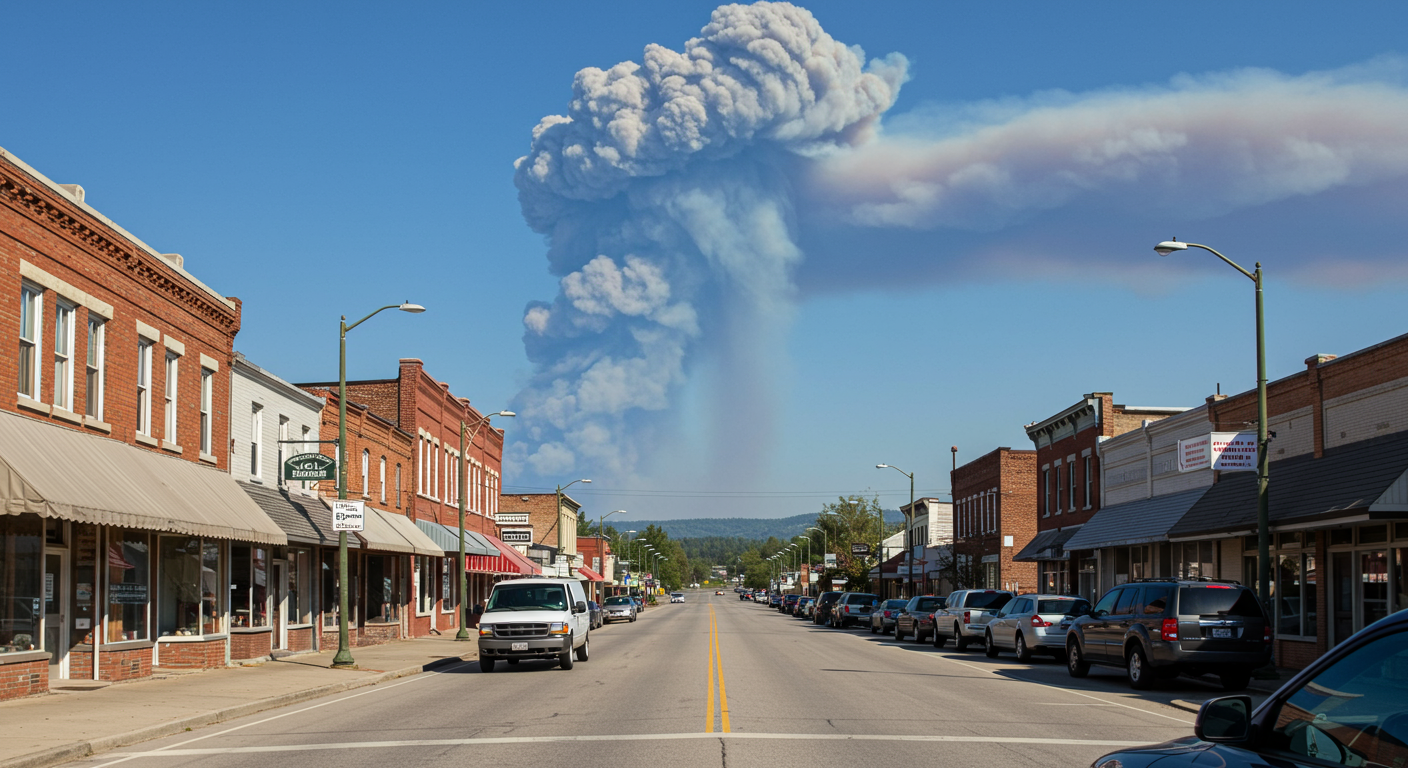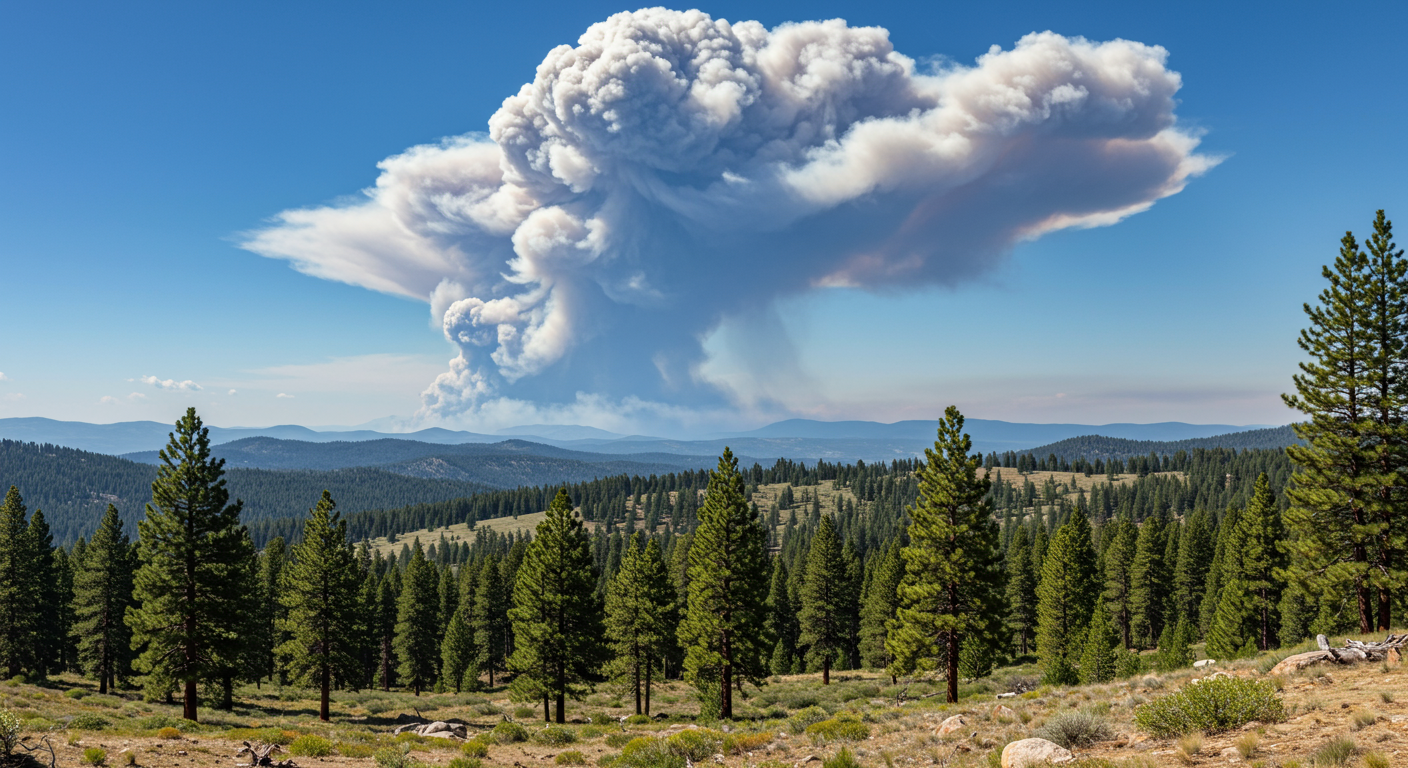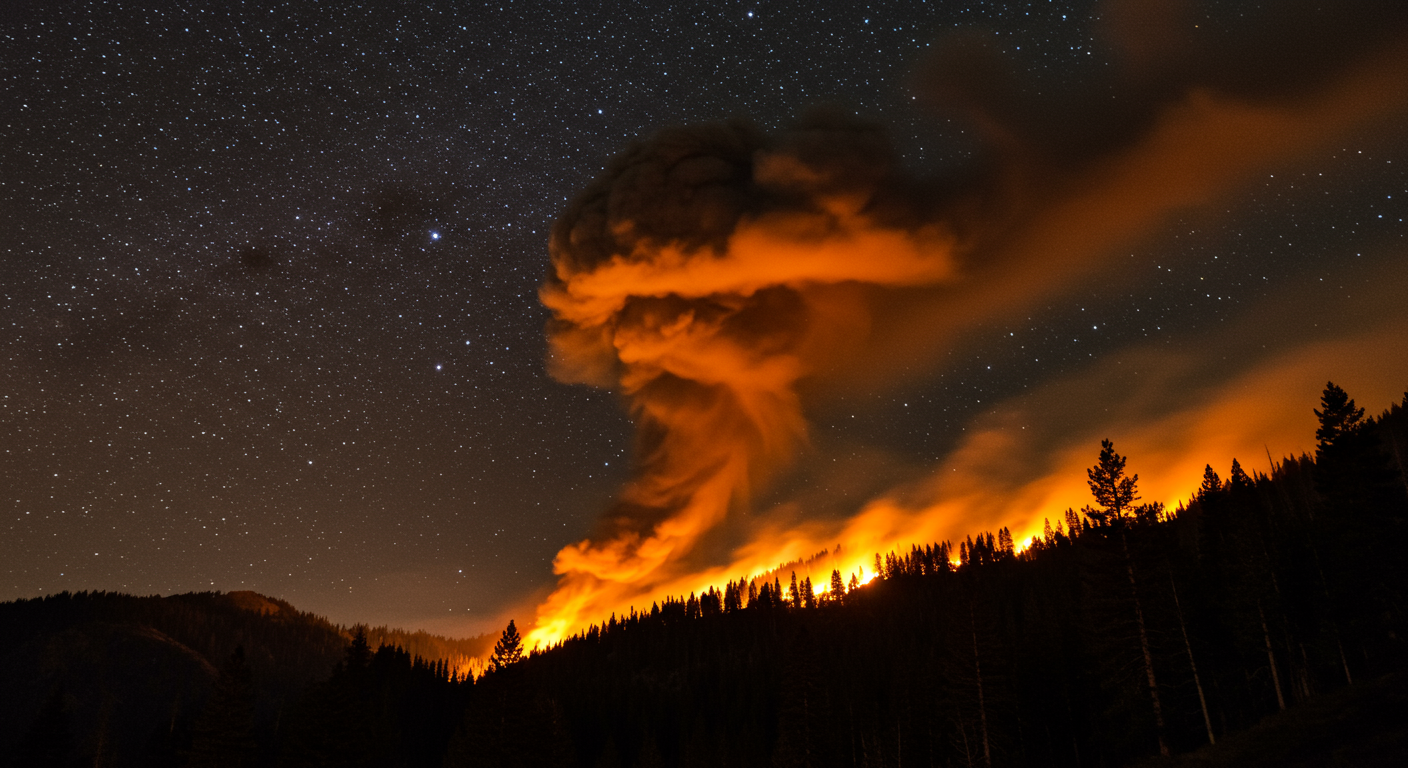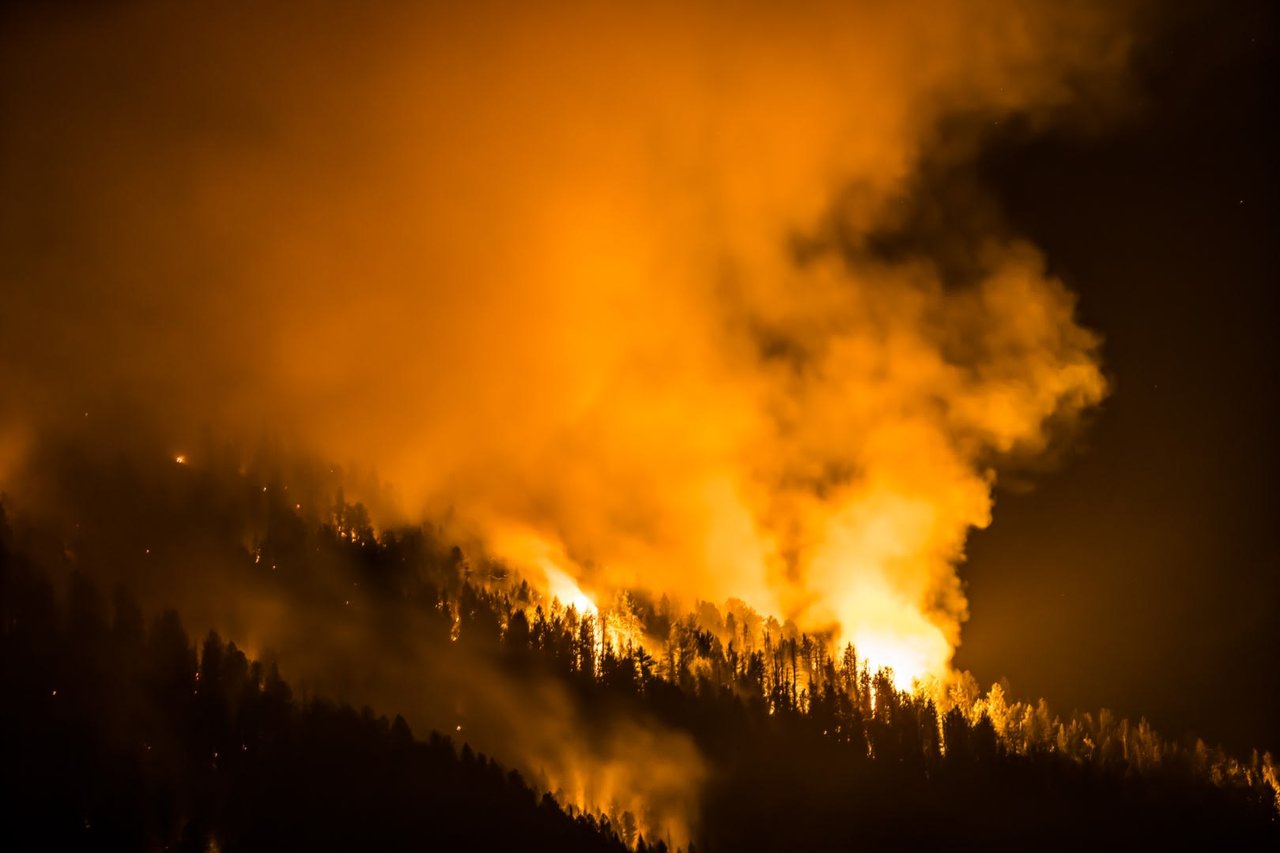Big Sky, Montana is a beautiful and pristine area, known for its natural beauty and outdoor recreation opportunities. Unfortunately, with the climate changes trending towards hotter and drier seasons, and an abundance of fuel sources, this area is also at high risk of wildfires which pose a serious threat to our homes and community. Big Sky’s risk of wildfire is considered Very High, higher than 93% of communities in the U.S. The good news is that we have tools available to minimize the risk of loss from a fire.
Big Sky has had several close wildfire calls in recent years. The 2018 Bacon Rind fire in Yellowstone National Park south of Big Sky along Rt 191 grew to more than 1,000 acres and burned at a slow rate over several months before being fully extinguished when the area was blanketed in snow. In 2020, a fire rapidly spread through the grasslands of the Porcupine recreation area across the river from residential neighborhoods and the Big Sky School District. It was determined the fire began when a couple of people were recklessly target shooting in the extremely dry grass and sparked the fire, and the Forest Service battled the fire with helicopter water drops for days until it was extinguished. Also in 2020, a small, human-caused fire began burning along the river near the South Fork Trail just outside of Big Sky Town Center and was knocked down by local firefighters. in 2021, a lightning-caused fire began in the National Forest hillside above Parkview West subdivision in Gallatin Canyon and was quickly identified and extinguished by helicopters dumping water from above. In a scenario that could easily happen in Big Sky, the town of Red Lodge was threatened in 2021 by a human-caused fire that spread to over 24,000 acres in the National Forest surrounding the town and local recreation areas.


The human-caused 2021 Robertson Draw Fire in Red Lodge, MT spread to over 24,000 acres and threatened area homes and businesses.
According to Fire Adapted Big Sky, a community organization dedicated to reducing the risk of wildfire in the area, there are several factors that contribute to the danger of wildfires in Big Sky. One of the primary factors is the relatively dry climate and occasional high winds that can occur in the area. When we do get rain in the summer, it’s often in the form of thunderstorms and accompanied by lightning, a common cause of wildfires. These conditions can quickly turn a small fire into a major wildfire, putting homes and communities at risk. Additionally, the area is surrounded by heavily forested areas and brush, which are an obvious contributor to the spread of wildfires.
Though the dangers of wildfires in Big Sky are significant, there are steps that homeowners can take to protect their homes and properties and help reduce further spread. Fire Adapted Big Sky recommends several strategies for hardening homes against wildfires, including:
-
Creating defensible space around the home: This involves clearing flammable materials, such as brush and dead vegetation, from the area immediately surrounding the home and throughout larger parcels of land. This creates a buffer zone that can help slow or stop the spread of a wildfire.
-
Using fire-resistant materials: Homeowners can use materials that are less likely to ignite during a wildfire, such as metal roofing, concrete or similar siding, and fire-resistant glass. When building or remodeling a home, make sure to discuss these with your builder/contractors.
-
Installing ember-resistant vents: Embers can travel long distances during a wildfire and enter homes through vents and other openings. Installing ember-resistant vents can help prevent this from happening.
-
Keeping gutters clean: Leaves and other debris in gutters can ignite during a wildfire, so it's important to keep them clean and free of debris.

2018 Bacon Rind Fire south of Big Sky in Yellowstone National Park along Rt 191.
In addition to these strategies, homeowners can also make landscaping modifications that can help protect their homes in the event of a wildfire. Fire Adapted Big Sky recommends several landscaping practices in their Homeowner Guide, including:
-
Using fire-resistant plants: Some plants are less likely to ignite during a wildfire, so homeowners should consider using these plants in their landscaping.
-
Creating a "firewise" zone: This involves using fire-resistant plants and materials in the area immediately surrounding the home to create a buffer zone that can help slow or stop the spread of a wildfire.
-
Keeping landscaping well-maintained: Dead or dry vegetation can fuel the spread of a wildfire, so it's important to keep landscaping well-maintained and free of debris.
By creating defensible space, using fire-resistant materials, and making landscaping modifications, homeowners can reduce the risk of damage to their property and themselves from wildfires. However, it's important to remember that wildfires can be unpredictable and dangerous, so it's important to stay informed about the latest fire conditions and evacuation orders. Fire Adapted Big Sky provides resources and information for homeowners and residents to stay informed and prepared in case of a wildfire.
The resources on their website include a Parcel Map tool to estimate the wildfire risk to your property, Big Sky Evacuation information and maps, how to request a free Home Wildfire Risk Assessment, and more.
For more information on how to prepare for wildfires in Big Sky, including information about evacuation, emergency notifications, and more, visit Fire Adapted Big Sky's website and sign up to stay informed about the latest fire conditions and evacuation orders.
2020 Porcupine fire in Big Sky, MT
Photos and other media provided by Dave Pecunies Photography



